Bolsover Tunnel
Bolsover Tunnel
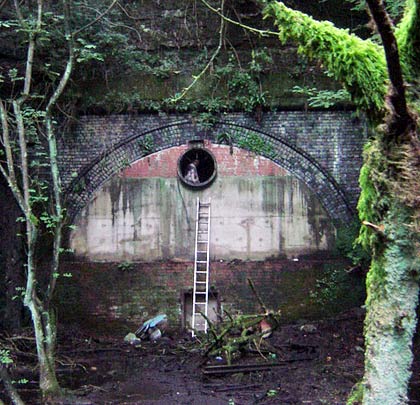
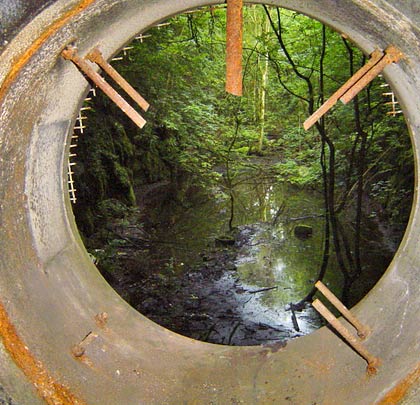
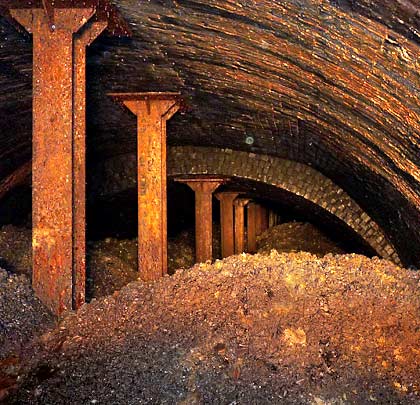
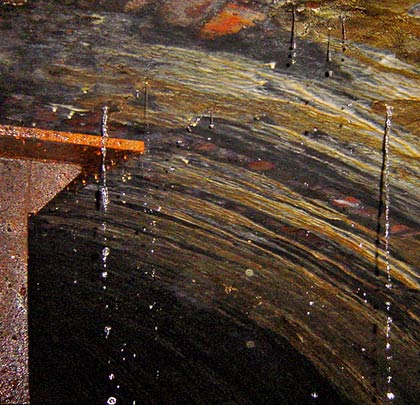
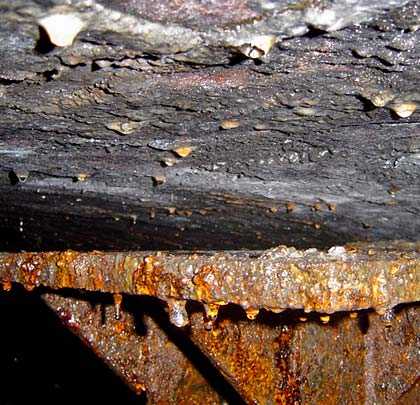
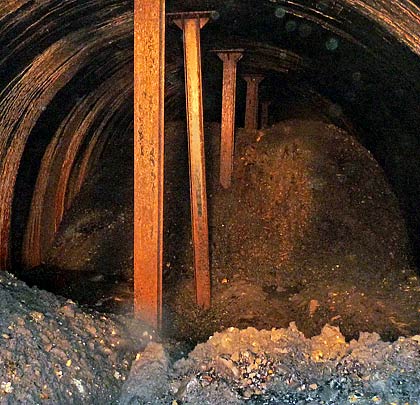
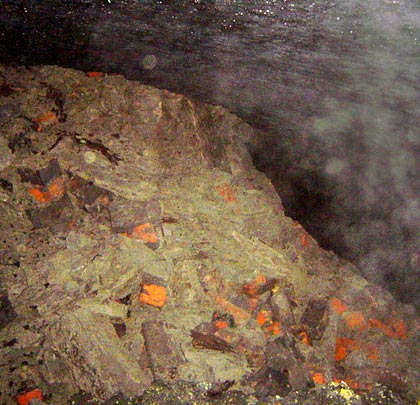
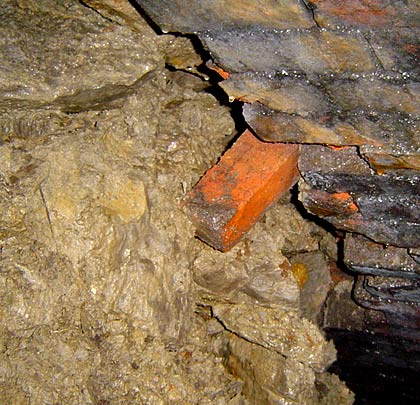
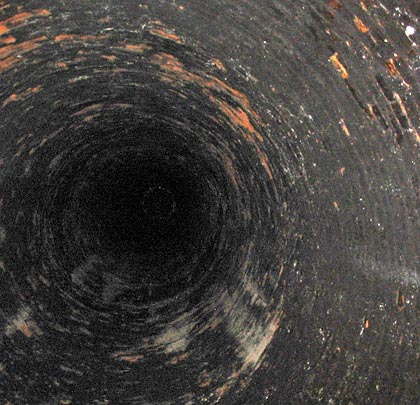









Under the stewardship of resident engineer Cecil Brown, the Lancashire Derbyshire & East Coast Railway started its progress from Chesterfield to Lincoln on 7th June 1892 when ground was broken in the Derbyshire town. But financial and engineering difficulties ensured that no trains travelled between the two for another five years.
Built by contractors S Pearson & Son, the line’s most significant structure – and it had a fair few – was the straight 1 mile 864 yard tunnel between Bolsover and Scarcliffe. And it proved troublesome from the outset. Coal measures were struck during its driving, then a stubborn section of magnesium limestone. Progress was made at a rate of around 60 yards per week from six faces – both ends and two construction shafts which were retained for ventilation. Finally, the workings were flooded by an inrush of water which resulted in a 42-chain invert being constructed near the east end. But the day of its official opening, 8th March 1897, was one of much celebration and the bore was illuminated by flares so guests could admire its innards.
Lined throughout in engineering brick, the bore is nominally 25 feet 9 inches wide – although this was reduced in places by later strengthening works – and 20 feet 9 inches from floor to crown. Vertical sidewalls support a semi-circular arch. The eastern shaft has a depth of 160 feet whilst the western one is deeper at 205 feet.
The tunnel boasted a split gang of platelayers – half based with the ganger at Bolsover whilst the others, with the sub-ganger, worked out of Scarcliffe. Their shifts inside usually lasted six hours. But if a coal train had difficulty climbing the 1:120 gradient to the east, the smoke would drive them out and they often didn’t return until the following day.
The condition of the tunnel declined throughout its working life as a result of coal workings. Strengthening rings were inserted and, in the late 1940s, one line was removed so the other could be slewed onto its centreline. However distortions continued to appear and, with a new seam opened beneath it, the decision was taken to close the tunnel. The last train passed through on 3rd December 1951, after which its entrances were sealed.
October 1966 saw the start of a coal board operation to infill Bolsover Tunnel with colliery waste. The western portal and its approach cutting were subsequently buried.
Today the long deep cutting from Scarcliffe Station – still spanned by an accommodation bridge – is a quagmire. Inside, water continues to penetrate the tunnel’s lining which bulges in many places. At the eastern shaft, two collapses completely block the bore.
Click here for more of Steve’s shots.








